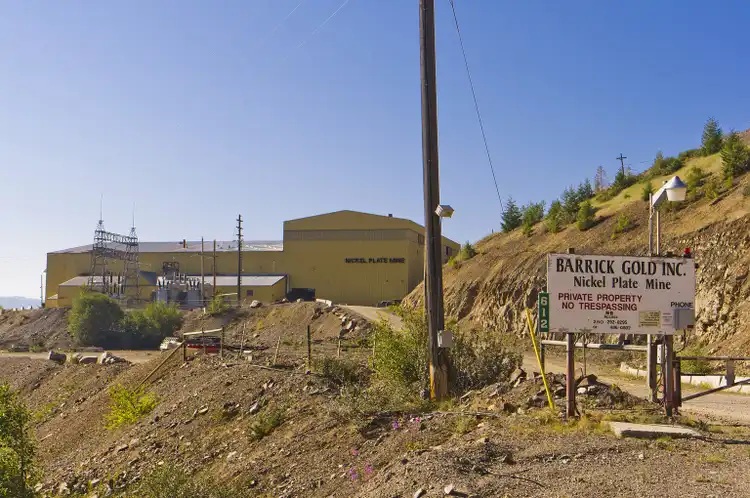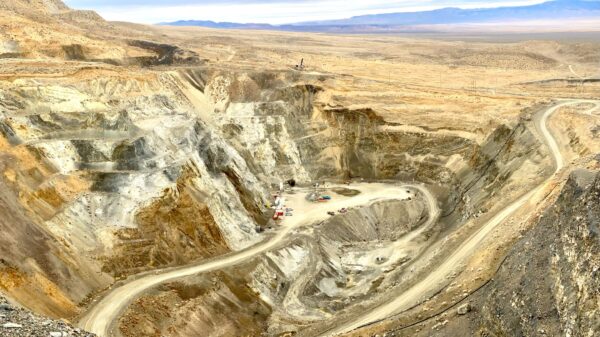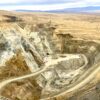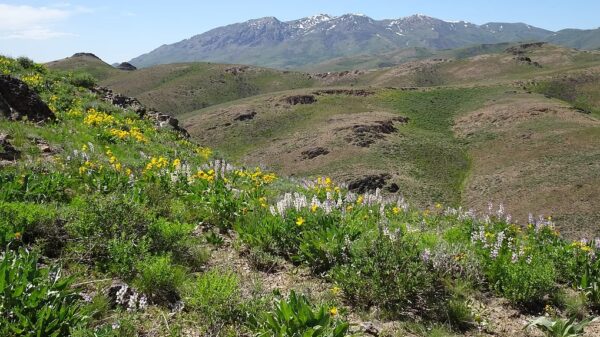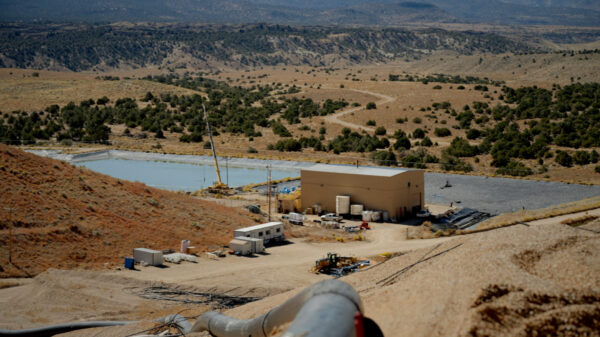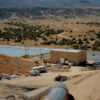Barrick Gold (TSE: ABX) (NYSE: GOLD) has been fined USD$114,750 for environmental issues at its decommissioned Nickel Plate gold mine outside Hedley, British Columbia.
The penalty is for 17 separate instances between September 2021 and October 2023 when Hedley Creek had far more cobalt than is permitted under the guidelines set by the Ministry of the Environment. The Hedley Creek is a tributary of the Similkameen River.
Cobalt is essential to both human and animal life but becomes toxic at high concentrations. This poses a particular threat to invertebrate aquatic species that serve as a key food source for salmonids.
Barrick has tried to reduce the amount of cobalt in mine tailings but has struggled to find a scientific solution. The cobalt generated at Nickel Plate Mine forms a complex compound rather than free cobalt, which is easier to filter out. Barrick also claims that complex cobalt is more inert and therefore presents less of an environmental hazard.
The company has also argued that the revised cobalt limit introduced in 2004 is unreasonably low and difficult to meet. However, the ministry noted that Barrick has never applied to increase the limit. It has also repeatedly allowed excess cobalt to be released into Hedley Creek.
The penalty assessment stated that Barrick has known for at least a decade that it could apply for a change to the cobalt limit but has not done so.
Regulators previously cited Barrick for dozens of cobalt limit breaches at Nickel Plate Mine between February 2019 and September 2020 and fined the company $35,000 for those infractions in 2022.
Read more: Franco-Nevada takes steps to reopen Cobre Panama copper mine
Read more: Bear Creek Mining raises $14.5M in private placement
Barrick has faced numerous allegations
The mine operated as an underground and later an open-pit gold mine from the 1900s until it closed in 1996. Barrick manages effluent treatment at the site, and regulators regularly monitor its compliance with the Environmental Management Act.
Barrick Gold Corporation is one of the world’s largest gold mining companies and it has faced numerous allegations of human rights abuses and environmental violations across its global operations.
For example, at the Porgera Gold Mine in Papua New Guinea, Barrick has been implicated in serious human rights abuses.
In 2011, Human Rights Watch documented instances of violence perpetrated by private and public law enforcement associated with the mine. The company acknowledged these issues and initiated internal investigations, leading to compensation programs for victims. However, reports suggest some victims who pursued legal action received higher compensation than those who participated in the company’s in Barrick’s remediation program.
Environmental concerns have also been prominent because the mine’s practice of riverine tailings disposal have lead to severe contamination of local water systems. This has had drastic effects on both the ecosystem and local communities.
In the Dominican Republic, Barrick’s Pueblo Viejo Mine has been at the centre of environmental and social conflicts. The mine’s operations have led to contamination of rivers and agricultural lands, adversely affecting local communities’ health and livelihoods. Residents have reported skin lesions and other health issues, attributing them to pollutants from the mine. Despite community requests for relocation dating back to 2013, there has been little progress.
Read more: Central Banks stock up on gold to navigate choppy geopolitical waters
Read more: BPH Global produces extraction method for drawing metals from seaweed
New tailings damn announcement spiked tensions
In 2025, the announcement of a new tailings dam project reignited tensions with local farmers protesting against inadequate compensation and potential environmental risks. In Argentina, an environmental incident occurred at Barrick’s Veladero Mine in 2015 when a cyanide solution pipeline ruptured, spilling approximately one million liters of cyanide-laden water.
This spill contaminated local rivers, prompting authorities to temporarily shut down the mine and initiate legal action against the company. Officials charged nine executives in connection with the spill.
Meanwhile, in 2002, residents of Tanzania filed a lawsuit in Canada against Barrick, alleging the company’s involvement in extrajudicial killings by police at the North Mara Mine. The plaintiffs claimed that Barrick had control over police actions at the site.
However, in November 2024, the Ontario Superior Court dismissed the case due to lack of jurisdiction. However, Barrick asserted that the case did not belong in the Canadian courts.
In Mali, Barrick’s operations at the Loulo-Gounkoto Mines have met with disputes with the government over environmental and social responsibility issues.
In October 2024, Mali accused Barrick of breaching agreements related to these aspects. The company denied any wrongdoing, emphasizing its efforts to enhance the state’s economic benefits from the mines.
The Malian government has demanded over USD$512 million in outstanding taxes and dividends. This has led to tensions that threaten the continuity of Barrick’s operations in the country.

